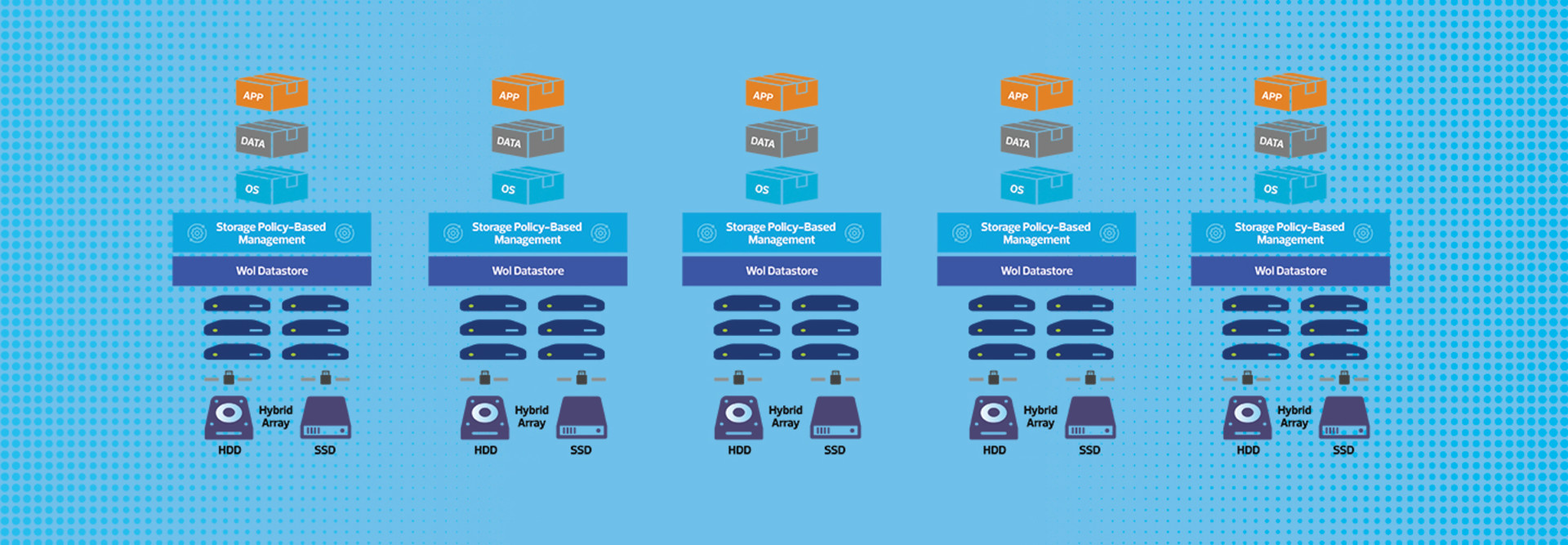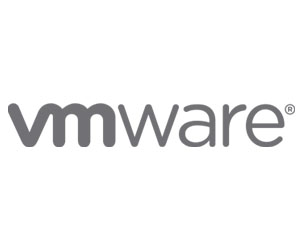For many midsize and large businesses, virtualization software makes up the backbone of data storage initiatives. A solid storage virtualization platform boosts an organization’s ability to quickly meet customer expectations and move forward on other priorities.
An effective platform such as VMware vSAN allows businesses to better manage computing and storage capabilities within an aggregated platform instead of taking the traditional approach of point solutions, which are built to handle specific needs or desired capabilities. A centralized solution like VMware vSAN also provides them with a cost-effective approach that simplifies storage as well as access to and use of that data.
EXPLORE: See how VMWare's solutions can simplify data access, sharing, and security.
A Tool to Enable Dynamic File Sharing
Having worked with previous versions of vSAN, I was accustomed to the ease of use and intuitive navigation of the platform. However, one feature that impressed me in vSAN 7 was the support for file-based persistent volumes for Kubernetes on vSAN data stores.
Using this version of VMware vSAN, developers can dynamically create file shares for their applications and have multiple pods share data. Persistent volumes are important for applications that save client data from one session for use in the next. Kubernetes supports these workloads.
vSAN 7 now supports NFS version 4.1 and version 3 protocols while offering integrated file services, so it’s easier to provision and share files. For example, users can provision a file share from a cluster via NFS version 4.1 and version 3, reducing the time to stand up a file share.
Click the banner below to unlock exclusive hardware content when you register as an Insider.
Avoiding a Disastrous Disaster Recovery with VMware vSAN
One of the most vital characteristics of effective data storage is the role backups play. It’s crucial that businesses can access their data quickly, no matter what happens, be it a strike by malicious actors or Mother Nature. Thankfully, VMware vSAN integrates disaster recovery into its main platform.
Managed as a core component of a vSphere environment, vSAN is built on an optimized input-output data path in the vSphere hypervisor for exceptional performance. This means that separate administration tools and connections are not required, which simplifies management, particularly in locations that have little or no local IT staff, such as a disaster recovery site.
With solutions like vSAN, businesses of all sizes can benefit from reliable backup and planning no matter what happens to the production environment. This will help ensure that they’re back up and running quickly during a crisis.

SPECIFICATIONS
VERSION: 7.0
CACHE: One SAS, SATA solid-state drive or PCIe flash device
BANDWIDTH: Dedicated 1Gbps for hybrid configurations; dedicated or shared 10Gbps for all-flash configurations
DATA STORAGE: At least one SAS or NL-SAS magnetic disk for hybrid; at least one SAS, SATA SSD or PCIe for all-flash
LATENCY: 1-5 milliseconds, depending on configuration














